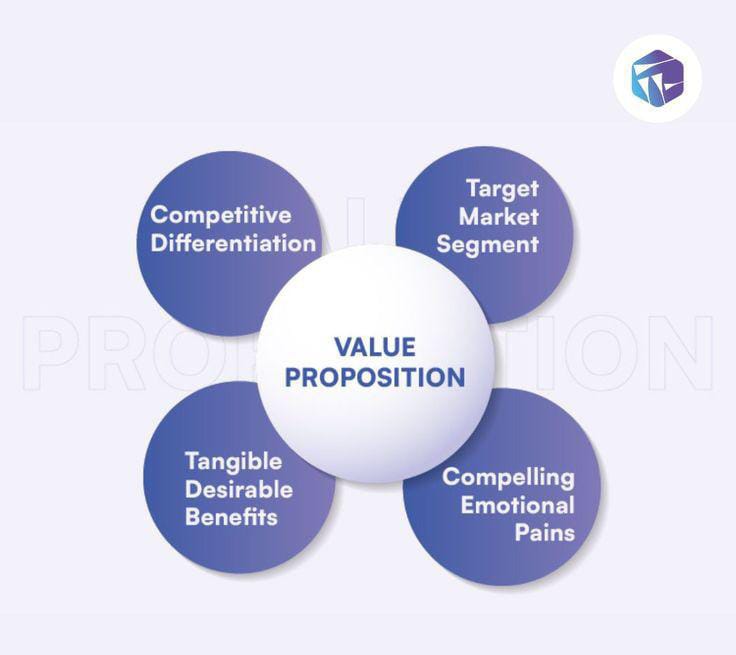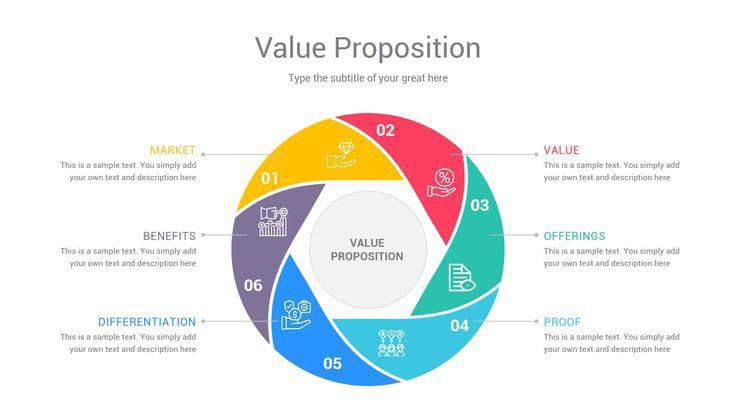
In the competitive world of business, standing out from the crowd is no longer optional; it’s a necessity. A unique value proposition (UVP) serves as the cornerstone for differentiating your business from competitors and clearly communicating the benefits of your product or service to your target audience. Without a strong UVP, businesses risk blending into a sea of competitors, making it harder to capture the attention of potential customers.
What Is a Unique Value Proposition (UVP)?
A unique value proposition is a concise statement that highlights the distinctive benefits your business offers, addressing how your product or service solves a problem, fulfills a need, or improves the lives of your customers. It’s not just about what you sell but why it matters. A well-crafted UVP ensures that customers immediately understand why they should choose your business over others.
For example, Apple’s UVP revolves around innovation, quality, and seamless user experiences. This clarity allows Apple to maintain a strong foothold in the market and foster customer loyalty.

Why Every Business Needs a UVP
A UVP is essential for several reasons, but at its core, it’s about business differentiation and value creation:
- Business Differentiation:
In a crowded marketplace, customers are overwhelmed with choices. A compelling UVP makes your brand memorable and helps you stand out. It’s the foundation of your branding and marketing efforts, ensuring that potential customers know exactly what sets your business apart.
For example, imagine two coffee shops on the same street. One offers “Premium, ethically sourced coffee roasted fresh every day,” while the other simply advertises “Good coffee.” The former’s UVP immediately positions it as unique, attracting customers who value quality and sustainability.
- Value Creation:
A UVP is about more than just standing out; it’s about delivering real value. Customers want to know how your product or service will make their lives better. By clearly defining and communicating your UVP, you’re not just selling a product—you’re offering a solution or fulfilling a desire.
For example, Airbnb’s UVP focuses on “Belong Anywhere,” creating a sense of community and personalized experiences that traditional hotels can’t match. This value resonates with travelers seeking unique and authentic stays.
- Building Trust and Credibility:
A clear and consistent UVP builds trust by aligning customer expectations with your brand promise. When customers see your UVP reflected in their experience with your product or service, it fosters loyalty and strengthens your brand reputation.
Crafting an Effective UVP
Creating a compelling unique value proposition requires thoughtfulness and a deep understanding of your target audience. Here are the steps to craft an effective UVP:
- Understand Your Audience:
Know who your customers are, what they need, and what motivates their purchasing decisions. Conduct surveys, interviews, and market research to gather insights. - Identify Your Unique Strengths:
What does your business do better than anyone else? This could be superior quality, innovative features, outstanding customer service, or unbeatable pricing. - Focus on Benefits, Not Features:
Customers care about how your product or service will improve their lives. Shift the focus from features to the benefits they provide. - Keep It Clear and Concise:
A UVP should be easy to understand and remember. Avoid jargon and keep the language simple and direct. - Test and Refine:
Once you’ve drafted your UVP, test it with your audience to see if it resonates. Be prepared to refine it based on feedback.
Examples of Strong UVPs
Slack: “Be more productive at work with less effort.”
Slack’s UVP clearly communicates the value of its product: simplifying communication and boosting productivity.
Trello: “Trello lets you work more collaboratively and get more done.”
This UVP highlights the platform’s unique ability to streamline teamwork and increase efficiency.
Dollar Shave Club: “A great shave for a few bucks a month.”
With a focus on affordability and quality, this UVP appeals to budget-conscious consumers.
Integrating Your UVP Into Your Business
Your unique value proposition should be at the heart of all your branding and marketing efforts. Here’s how to incorporate it effectively:
Website: Display your UVP prominently on your homepage and product pages.
Marketing Materials: Use your UVP in advertisements, social media campaigns, and email marketing.
Sales Pitch: Train your sales team to communicate your UVP clearly and consistently.
Customer Experience: Ensure that every touchpoint—from customer service to product packaging—reflects your UVP.
The Risks of Ignoring a UVP
Without a strong UVP, businesses face several challenges:
Lack of Differentiation: Your brand may blend in with competitors, making it difficult to attract and retain customers.
Confused Messaging: Without a UVP, your marketing efforts may lack focus and fail to resonate with your audience.
Missed Opportunities: A UVP highlights the unique aspects of your business, allowing you to capture untapped market segments.

Conclusion
A unique value proposition (UVP) is not just a marketing tool; it’s a business essential. By focusing on business differentiation and value creation, a well-crafted UVP ensures your brand stands out, resonates with customers, and drives long-term success. Whether you’re launching a new product or redefining your existing brand, investing time and effort into creating a compelling UVP is one of the most impactful decisions you can make. In today’s competitive market, it’s your key to standing out and thriving